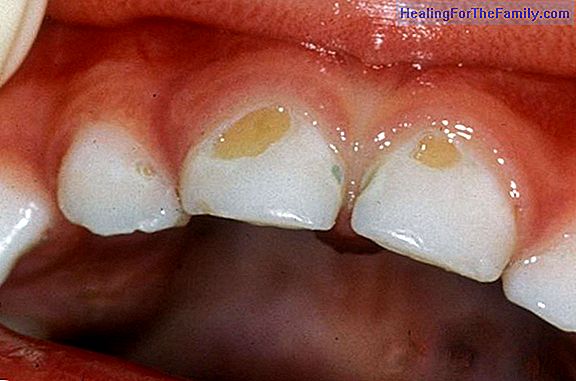The O'Sullivan test or glucose test in pregnant women
The O'Sullivan test, also known as a sugar or glucose test, is a medical test that is performed to find out if the pregnant woman has gestational diabetes , that is, if you have developed any degree of glucose intolerance during pregnancy. Gestational diabetes is one of the most frequent complicatio
The O'Sullivan test, also known as a sugar or glucose test, is a medical test that is performed to find out if the pregnant woman has gestational diabetes , that is, if you have developed any degree of glucose intolerance during pregnancy.
Gestational diabetes is one of the most frequent complications during pregnancy so it is essential to perform the O'Sullivan test or glucose test in pregnant women to rule out or treat this disease adequately.
How the O'Sullivan test is performed on pregnant women

The O'Sullivan test or glucose test in pregnant women is very simple and consists of a blood test to quantify the blood sugar levels of the pregnant woman. In this case, it is not necessary to go fasting to the test. After the extraction, the woman is given a syrup with 50 grams of glucose and one hour is waiting for the organism to assimilate it.
After 60 minutes, a second blood test is performed to quantify again the blood sugar levels. If these are less than or equal to 140gr / dl, there is a risk of diabetes and the patient is referred to a second test, known as oral glucose overload or long glucose curve.
On this occasion, the procedure is similar but the syrup contains twice the grams of glucose and four blood extractions are taken: at the beginning, at the hour, at 2 hours and at 3 hours after administration. If two or more values are equal to or higher than normal, gestational diabetes is diagnosed and the patient is referred to the specialist to follow the pregnancy. 5% of glucose tests in pregnant women are positive.
High risk of gestational diabetes
The O'Sullivan test is performed on all pregnant women -except for diabetics- between weeks 24 and 28. In the case of women at high risk for a family history of diabetes, obesity , macrosomia or previous gestational diabetes, alterations in glucose metabolism or age over 35 years, the test is also performed at the first visit of pregnancy and, subsequently, between weeks 32 and 36 of pregnancy.
Enara Rey Parra. Editor of Guiainfantil.com












